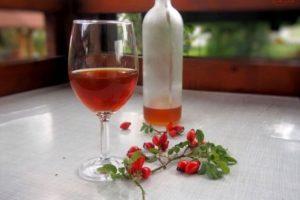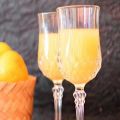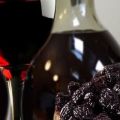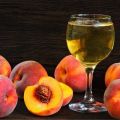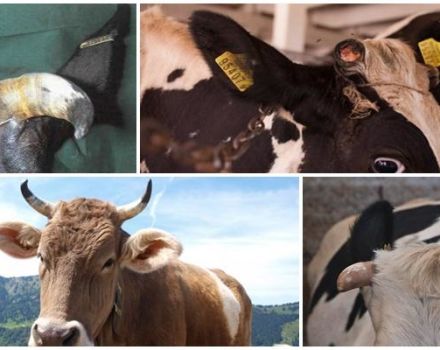4 easy homemade fruit wine recipes
Many people put wine from assorted fruits at home. But, before starting production on a serious scale, you should know the specifics of the use of fruits, the classification of drinks by strength. In terms of bouquet, low-alcohol drinks made from fruits can compete with grape drinks. In addition, new, previously unknown methods will not be superfluous in your home library.
The specifics of making fruit wine at home
Home-made intoxicated fruit drinks allow you to fully use the gifts of summer and autumn. Not only berries will be used - cherries, raspberries, currants. Apples, pears, plums, tart quince will also work. Even watermelons and melons make light, refreshing drinks with a rich taste.
It is no coincidence that such wines, only made in a factory way, are popular in Europe. So what prevents us, using the experience of the best winemakers, to realize the idea at home? Ready - let's get started.
Classification of fruit wines
Wines of different flavors and strengths are made from berries and fruits. They are classified as:
- dry;
- sweet;
- blended;
- vermouth.
The first category is drinks obtained by fermenting pure juice. It should be remembered that in garden fruits, unlike grapes, there is little natural sugar. Without additional components, the drink will turn out sour, that is, "dry" according to the generally accepted designation principle.
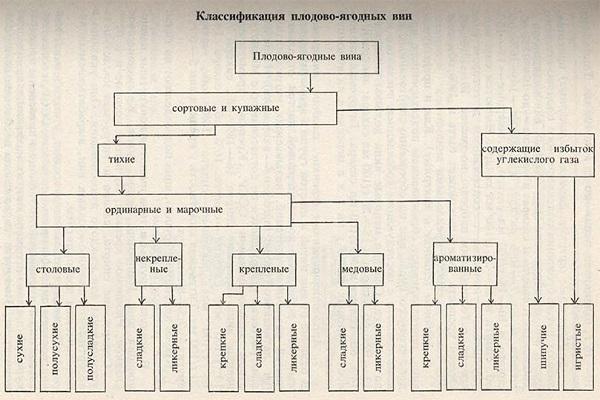
The next category - sweet wines - is obtained by adding sugar and fortifying with alcohol. And there are connoisseurs for them.
And blends are produced by mixing wine materials of different origin, taste, sweetness.
The last group is vermouths. In fact, these are complex mixtures of herbal infusions and fruit extracts. Cooking them is almost an art.
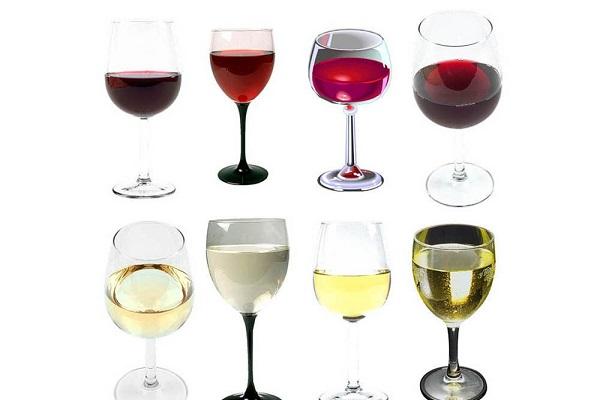
How to make homemade fruit wine
There are no restrictions, division into “correct” and “unsuitable” fruits for wine. Any fruit is suitable, the finer their taste, the more the wine will benefit from it. Juice is recommended. It has a higher extraction of nutrients and natural dyes.
As a last resort, large fruits (pears, apples) are crushed to a mushy consistency. To do this, use a blender, knife, juicer. The cake is not needed, so getting rid of it is permissible already at the initial stage. And having received the juice, it is fermented, blended, and imagined.
There are no restrictions for creativity: drinks from apples and plums, peaches, watermelons and melons, quince-raspberry and others are suitable for the table.
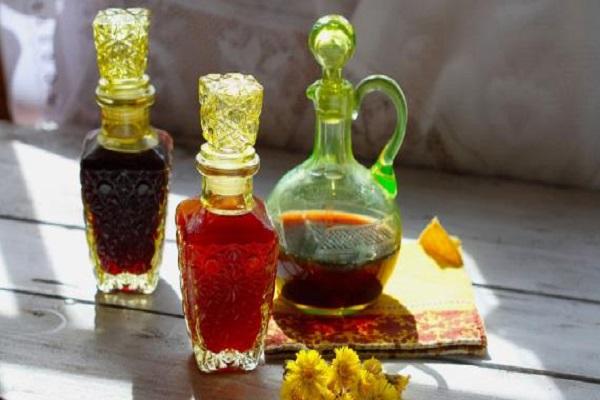
Dry fruit drinks
A simple recipe for making dry homemade wine is based on using literally the first sweet and sour fruit that comes along. Ripe, unspoiled apples are washed, peeled from the stalks, and rotten places are cut out. Next, the fruits are crushed in puree, squeezing out the juice.
Sourdough (wine yeast) is prepared in advance, 3-5 days before the start of wine production. For her you need a small berry, raisins, which must be left to ferment with sugar. The homemade sourdough recipe is quite simple, it is easy to find, so we will not give it separately.
Then the juice is mixed with wine yeast, sugar is added. The wort is placed in a warm, constant temperature place. Installing the shutter is mandatory: after the start of intensive fermentation, gas will begin to evolve, the mixture will boil. It is recommended to stir it periodically.
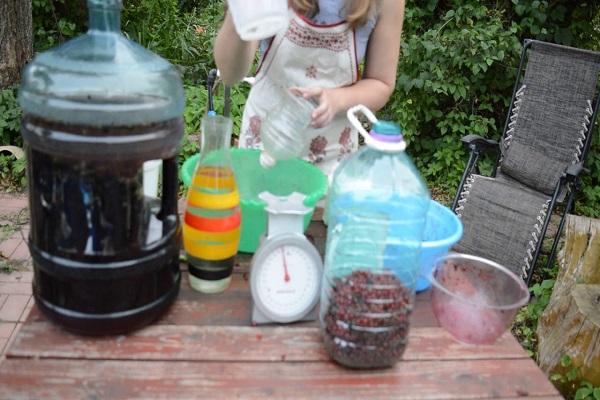
When the shutter stops gurgling, the wine is ready. We taste it, if everything suits us, we filter it, we bottle it. It is allowed to add rowan or raspberry juice.
Ingredient consumption per 10 liters of finished product:
- apple juice - 7 liters;
- granulated sugar - 2.6 kilograms;
- water - 1.5 liters;
- leaven - optional.
Apples are easily replaced by peaches, quince, pear. When fastened with vodka and additional sweetness (honey, sugar), you get dessert wine.
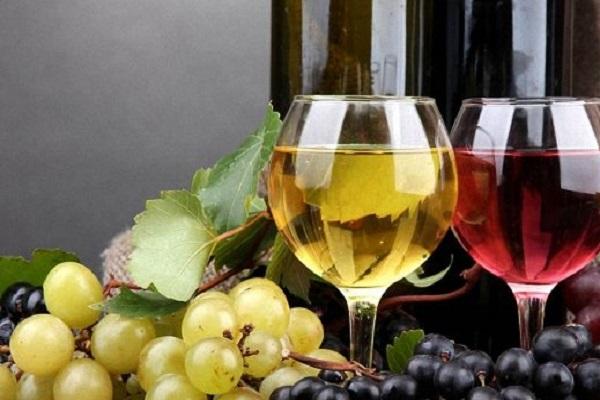
Sweet fruit wines
For sweet wines, the raw material lacks sugar content. In addition, the finished product will need to be fixed. The drink is prepared, for example, according to the following recipe:
- peaches - 3 kilograms;
- sugar - 1.5 kilograms;
- honey - 100 grams;
- water - 3 liters;
- alcohol - 1 liter.
Cut ripe, strong peaches in half, remove the stone. Next, the pulp must be chopped - in a blender, meat grinder, to make a gruel. We squeeze the juice out of it. Pour the resulting semi-finished product in a fermentation vat with water, add honey.

The future wine remains in this state for 20-21 days. The state of fermentation is periodically monitored, the wort is mixed.
In the next step, the mixture is filtered through several layers of gauze. Alcohol and sugar are added to the resulting wine material. You can use ingredients such as nutmeg, cinnamon and vanillin. After 20 days, the infused drink is bottled.
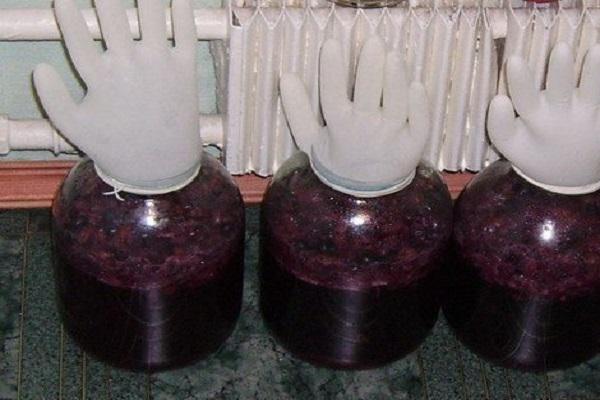
Blended winemaking
Blending allows you to diversify the taste of the finished wine, bringing it to fantastic combinations. More often than others, 2 common methods are used:
- The squeezed juices are prepared and added to the general fermentation tank.
- Each wine material is fermented separately. Then the finished drinks are blended in the required proportion. To do this, you need to have experience, to feel the nuances of taste.
Fragrant vermouth
Making vermouth is aerobatics in winemaking. You will need not only to master the art of making drinks, but also to know their properties, features, and mutual influence. The base of vermouth, a herbal tincture such as wormwood, is prepared with vodka. And further components are added gradually, enriching the taste of the wine.
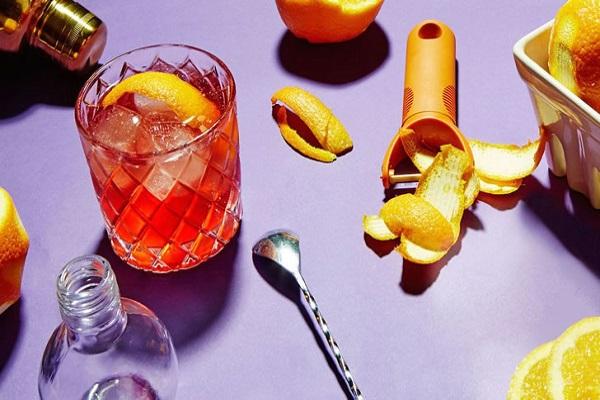
Terms and conditions of storage
Dry wines are stored in sealed containers, without access to air, for at least six months. In the presence of preservatives, alcohol or vodka, this period increases.
In addition, sweet wines and vermouths are not limited to standard room temperature storage in a dark place. They are not subject to fermentation, they can stand quietly in a closed cabinet.
